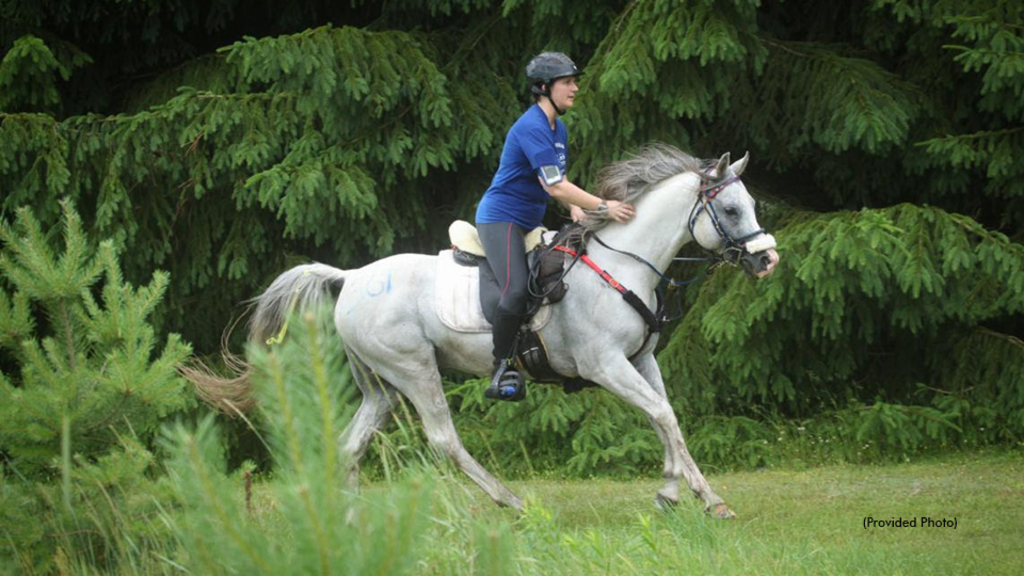
Dr. Brianne Henderson of Rivendell Equine Veterinary Services has been announced as the course instructor for the new Sport Horse Injury/Lameness Prevention & Care course. Offered by Equine Guelph, this new two-week online short course runs from April 25 - May 6, 2022.
Participants will learn daily practices that can optimize health and performance and reduce the risk of lameness issues in their athletic horses. Everything from early detection, footing and exercise regime can have an impact on soundness.
Henderson has been immersed in the equine world since birth, growing up on an Arabian and Sport Horse breeding/training farm in Niagara, Ont. Her involvement in the world of endurance racing includes experience as a competitor and a line veterinarian from grassroots to an international level of competition. Henderson was the Assistant Team Veterinarian for Team Canada at the World Equestrian Games in Lexington, Kentucky. Henderson graduated from the Royal (Dick) School of Veterinary Studies in Edinburgh, Scotland, focused on equine sports medicine and surgery and is a board-certified veterinarian. Her love of the equine athlete and focused interest in surgery has bolstered a great love of anatomy and understanding “form to function.”
Henderson will be discussing common lameness issues for horses as well as early detection and prevention throughout the Sport Horse Injury/Lameness Prevention & Care course. Participants will also learn about the horse’s musculoskeletal system, how they move, best practices for detecting lameness, assessment tools, management of a lame horse and the latest research.
Henderson has shared her lameness prowess in many interesting articles including this archived article: "Legs, Common Injuries, and how we can Treat Them."
Henderson explains, “Bone is always changing and responding to stress. Microdamage can occur within the bone as a consequence of repetitive strain. Overtraining causes this 'microdamage' to occur at a faster rate than the body can fix and so the repair is never as strong as the original bone. A similar ‘micro-damage-repair’ cycle occurs within the tendons and ligaments.” The chance of repetitive strain injuries can be significantly reduced with judicious training and the incorporation of lighter work days and rest days.
(With files from Equine Guelph)

